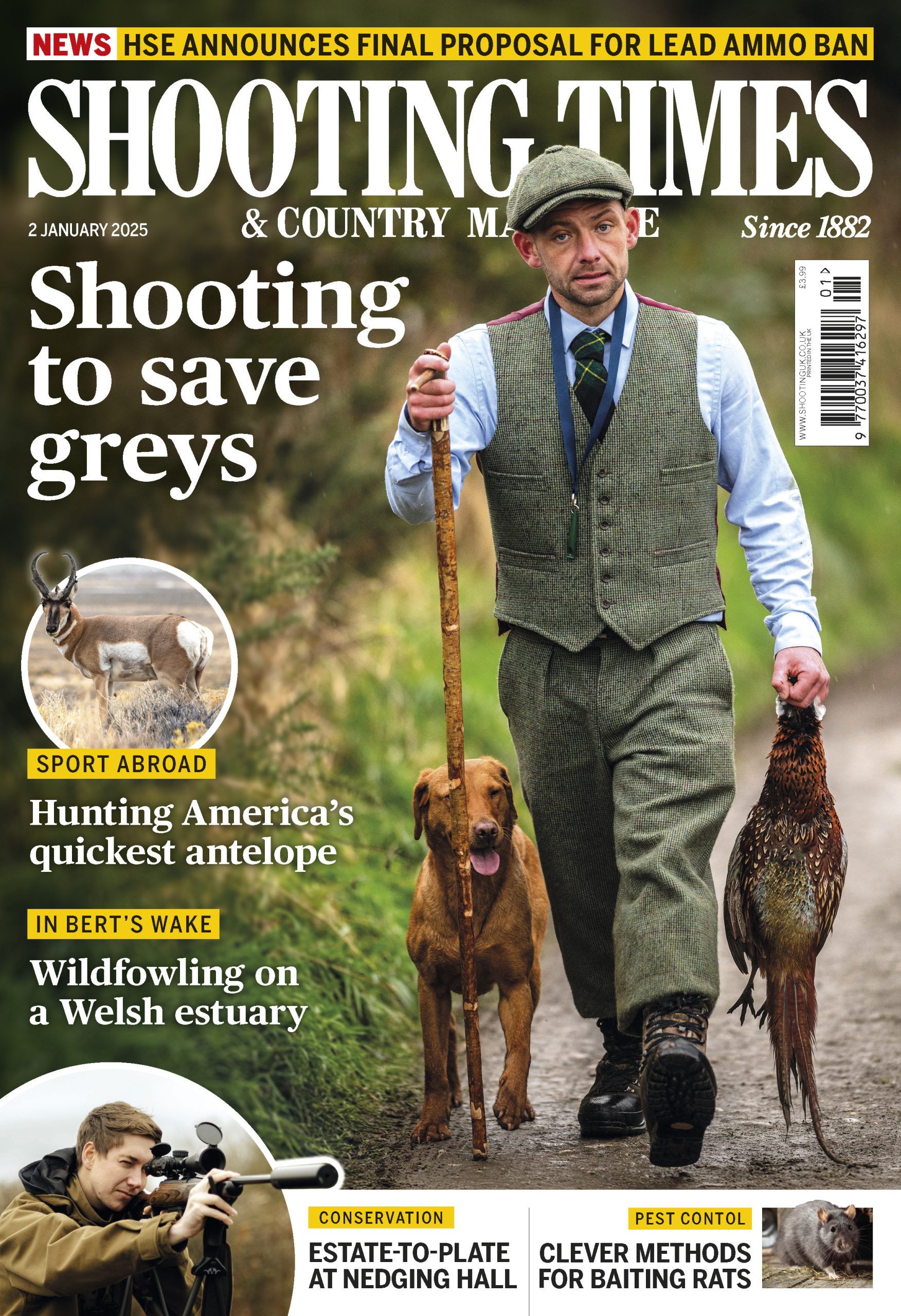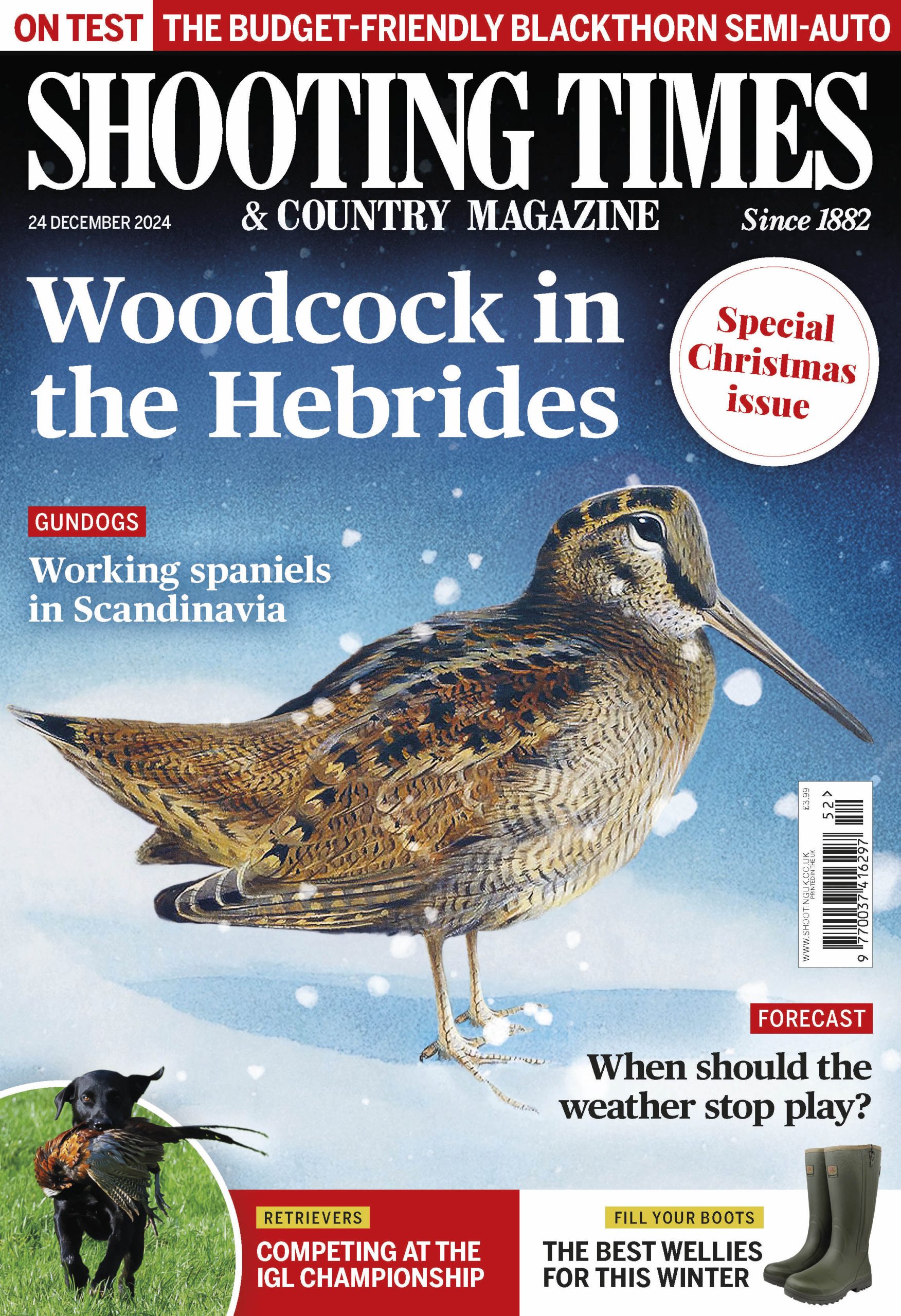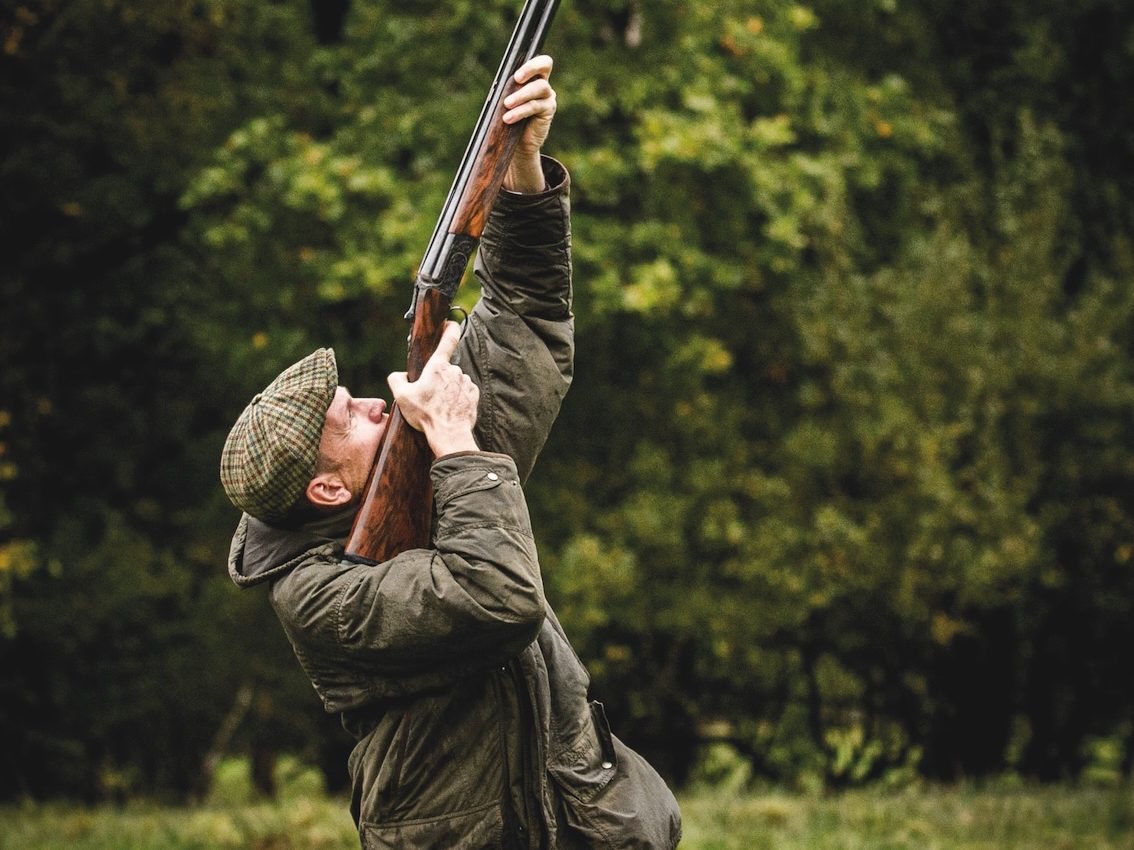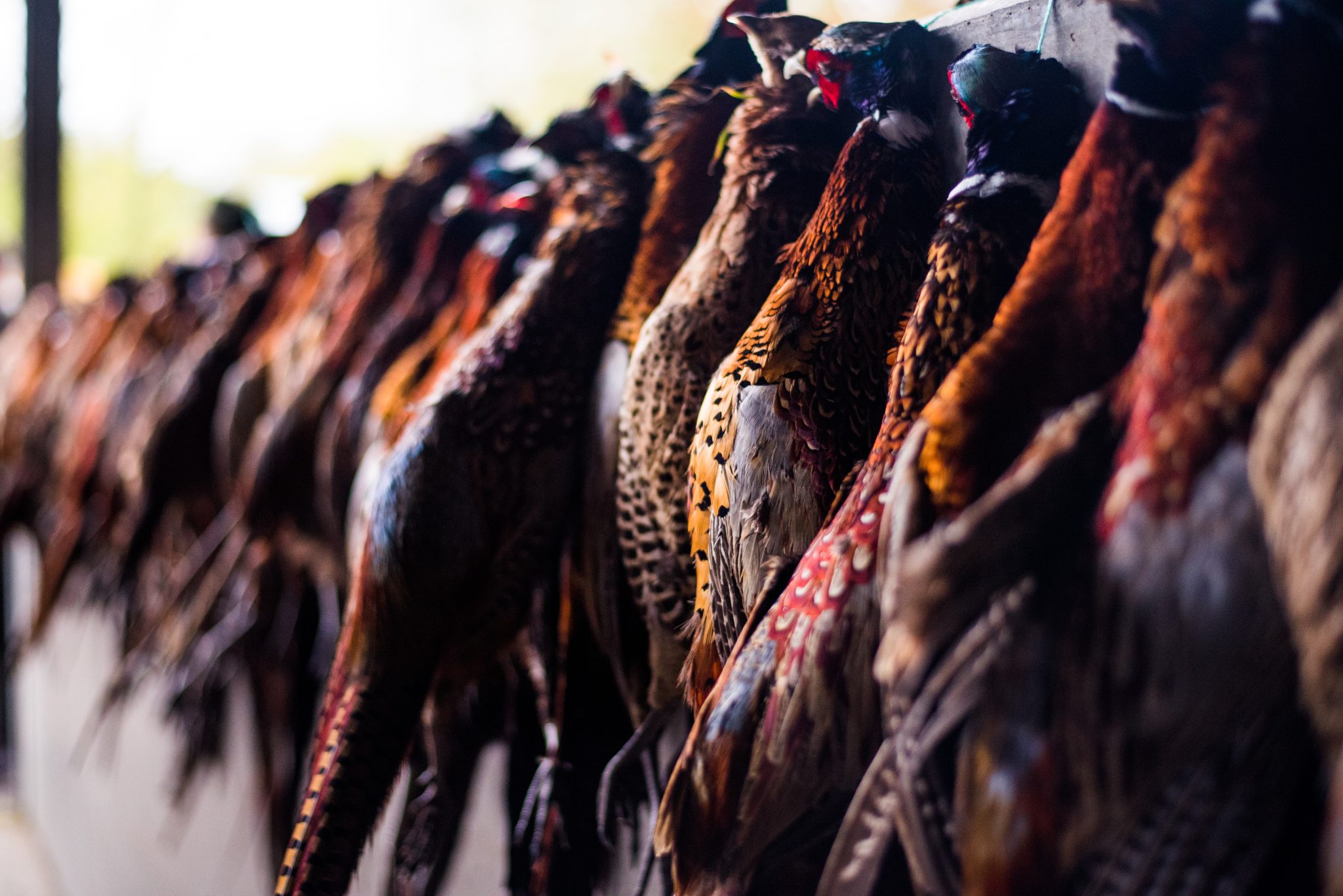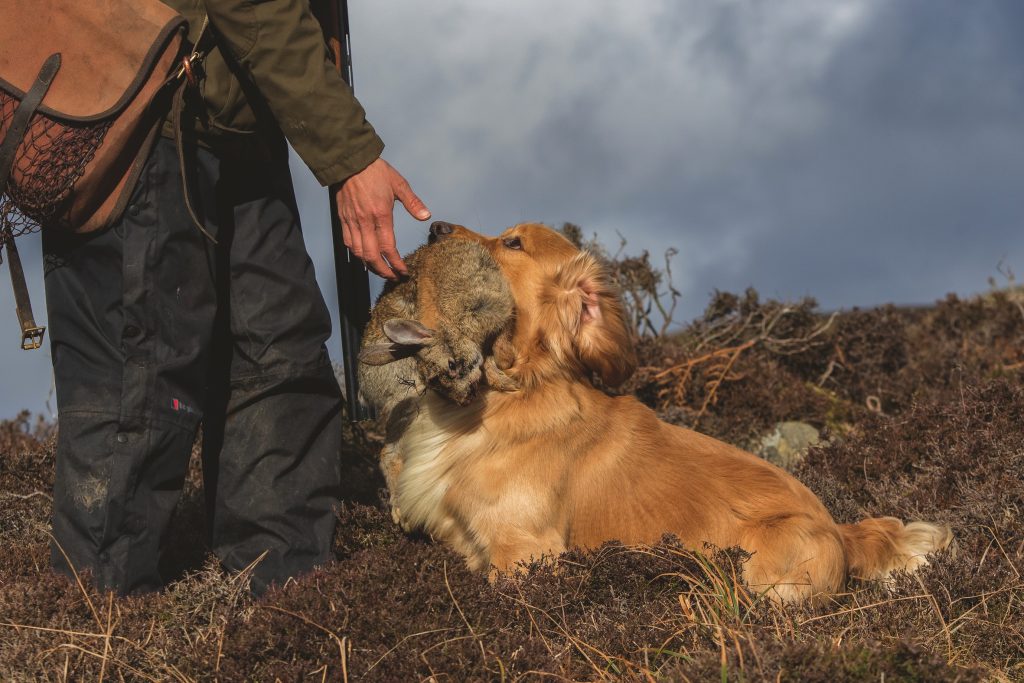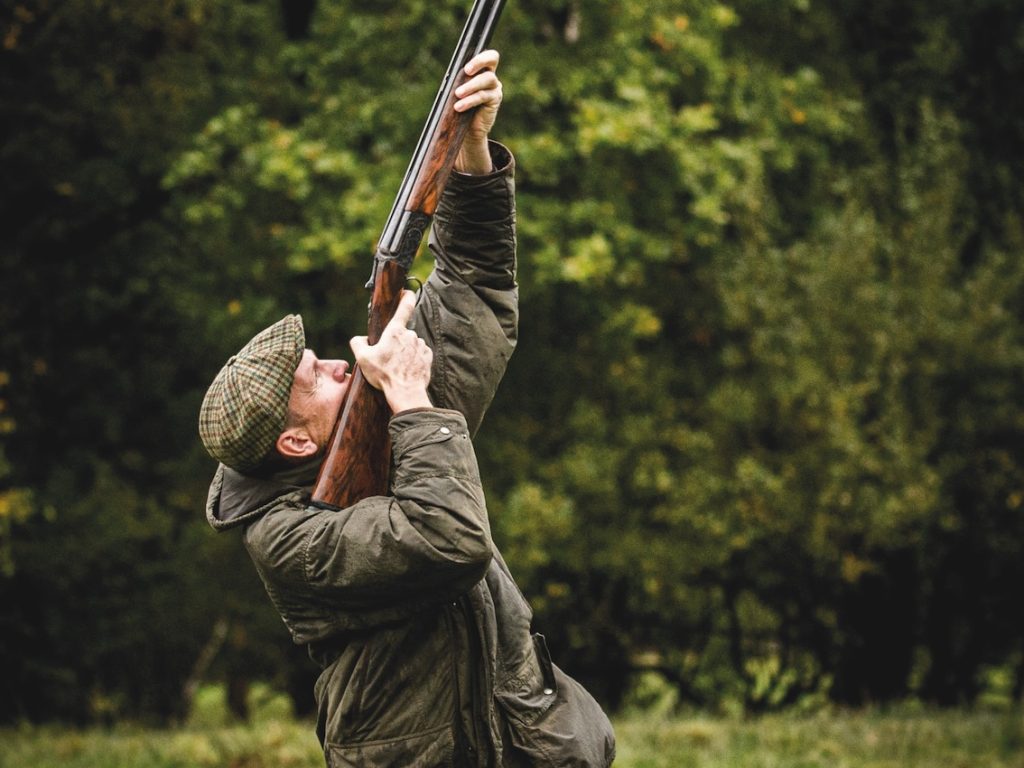Win CENS ProFlex DX5 earplugs worth £1,149 – enter here
How do you test cartridges?
Mike explains how we test cartridges and why we stopped explaining the hardness of a shot as a percentage
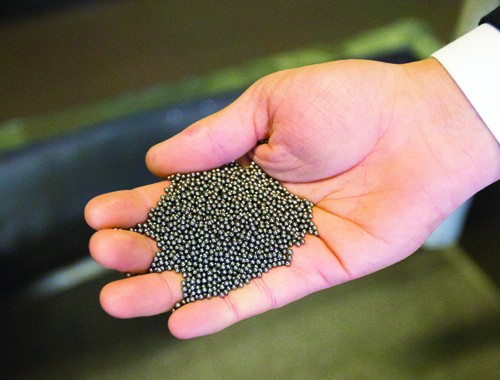
Q: When you used to do Sporting Gun cartridge tests you used to express the hardness of shot as a percentage figure. How did you do this testing, and why isn’t it done these days?
A: It wasn’t very technical – in fact the word “crude” springs to mind. The diameter of a batch of pellets was first checked with an engineer’s micrometer. Then the pellets were placed, one at a time, on a flat steel block and struck by a hard steel weight falling from a height of three inches. The amount of distortion was then checked with the micrometer.
The “before” and “after” measurements were compared, and the amount by which the pellets had been squashed was expressed as a percentage of the “before” measurement. Hard shot was generally accepted as showing a figure of less than 30 per cent.
Those of you who were good at maths at school will already have realised that this system is flawed, because a big shot (say a BB out of a wildfowling cartridge) will distort far less as a percentage of its original diameter than a number 9 skeet shot when hit by the falling weight. The big shot will give an artificial, relatively low (hard) figure, while the skeet shot will show a relatively high (soft) figure. In fact, this form of testing only really worked with no.6 bird shot.
Lead shot is hardened by adding antimony, usually up to about four per cent, to the mixture, and this figure is generally more indicative of hardness than bashing the pellets with a falling weight. And the “bashing” method doesn’t work with non-lead shot. Steel and iron/tungsten mixes we know to be really too hard to be ideal without any testing procedures, while the only time I ever bash- tested bismuth I found it tended to shatter.
If you want to get really echnical, lead/antimony mixes tend to age-harden, so that shot in a cartridge a few months old may be harder than one fresh out of the factory, but this is taking
things to stupid extremes. Far better to buy a cartridge in which you have faith, enjoy shooting, and leave the maths and the metallurgy to nerds like me!
Related Articles
Get the latest news delivered direct to your door
Subscribe to Shooting Times & Country
Discover the ultimate companion for field sports enthusiasts with Shooting Times & Country Magazine, the UK’s leading weekly publication that has been at the forefront of shooting culture since 1882. Subscribers gain access to expert tips, comprehensive gear reviews, seasonal advice and a vibrant community of like-minded shooters.
Save on shop price when you subscribe with weekly issues featuring in-depth articles on gundog training, exclusive member offers and access to the digital back issue library. A Shooting Times & Country subscription is more than a magazine, don’t just read about the countryside; immerse yourself in its most authoritative and engaging publication.
